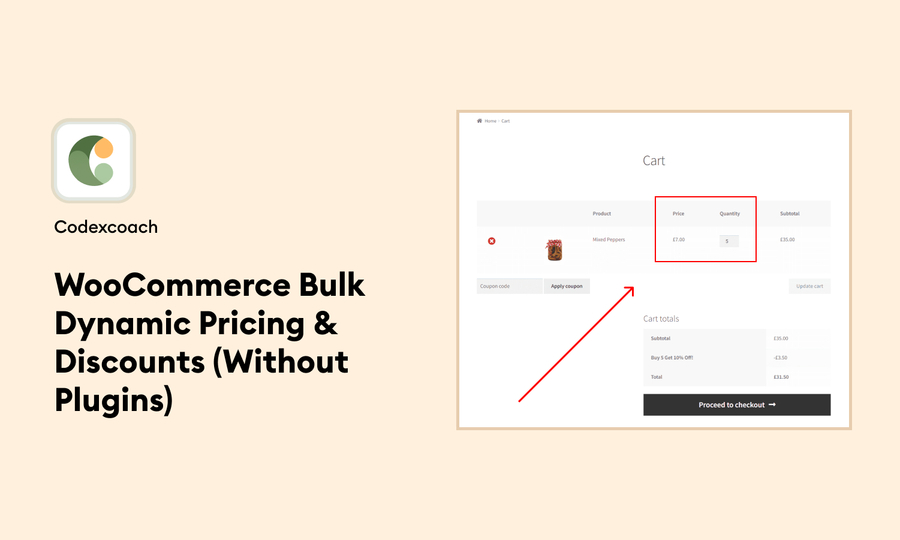As a WordPress user, you might need to upload files on your website. However, the process can be frustrating and time-consuming, especially when dealing with large files. Luckily, Ajax can make this process more seamless and efficient. In this article, we’ll guide you through the process of uploading files in WordPress using Ajax.
Uploading a file in WordPress using Ajax programmatically can be a little complex, but it is possible. Here are the steps you can follow:
Create HTML Form
<h2>Upload a File</h2>
<form method="post" class="cxc_upload_form"enctype="multipart/form-data">
<div class="cxc_image_url"></div>
<input type="file" name="file" required />
<input type="submit" id="cxc_upload_file" name="cxc_upload_file" value="Upload"/>
</form>Ajax submission Get jQuery code
<script type="text/javascript">
jQuery(document).ready(function(){
jQuery(document).on('click', '#cxc_upload_file', function(e){
e.preventDefault();
var cxc_form = new FormData();
var file = jQuery(document).find('input[type="file"]');
var cxc_individual_file = file[0].files[0];
if( cxc_individual_file == undefined ){
alert('Please Include a Image');
}else{
cxc_form.append("file", cxc_individual_file);
cxc_form.append('action', 'cxc_upload_file_data');
jQuery.ajax({
type: 'POST',
url: '<?php echo admin_url( 'admin-ajax.php' ); ?>',
data: cxc_form,
contentType: false,
processData: false,
success: function( cxc_response ){
if( cxc_response != '' && cxc_response.success ){
jQuery('.cxc_upload_form')[0].reset();
alert('successfully uploaded an image');
jQuery( '.cxc_upload_form .cxc_image_url' ).html( '<img style="max-width:400px;width:100%;height:auto;margin-bottom:10px;" src="' + cxc_response.cxc_image_url + '">' );
}else{
alert('Image not uploaded');
}
}
});
}
});
});
</script>Ajax in WordPress/PHP code
<?php
/* Upload File Data With Ajax*/
add_action('wp_ajax_cxc_upload_file_data', 'cxc_upload_file_data');
add_action('wp_ajax_nopriv_cxc_upload_file_data', 'cxc_upload_file_data');
function cxc_upload_file_data(){
$cxc_upload_dir = wp_upload_dir();
$cxc_success = false;
$cxc_messages = '';
if ( ! empty( $cxc_upload_dir['basedir'] ) ) {
$cxc_user_dirname = $cxc_upload_dir['basedir'].'/cxc-images/';
$cxc_user_baseurl = $cxc_upload_dir['baseurl'].'/cxc-images/';
if ( ! file_exists( $cxc_user_dirname ) ) {
wp_mkdir_p( $cxc_user_dirname );
}
$cxc_filename = wp_unique_filename( $cxc_user_dirname, $_FILES['file']['name'] );
$cxc_success = move_uploaded_file( $_FILES['file']['tmp_name'], $cxc_user_dirname .''. $cxc_filename);
$cxc_image_url = $cxc_user_baseurl .''. $cxc_filename;
if( !empty( $cxc_success ) ){
$cxc_success = true;
}else{
$cxc_success = false;
}
$cxc_messages = array( 'success' => $cxc_success, 'cxc_image_url' => $cxc_image_url );
wp_send_json( $cxc_messages );
}
}Conclusion
Overall, the process of uploading a file in WordPress using Ajax programmatically involves using a combination of JavaScript, jQuery, PHP, and HTML to create an efficient and user-friendly file upload system. By following the steps outlined above, you can ensure that the file upload process on your website is both secure and seamless.





